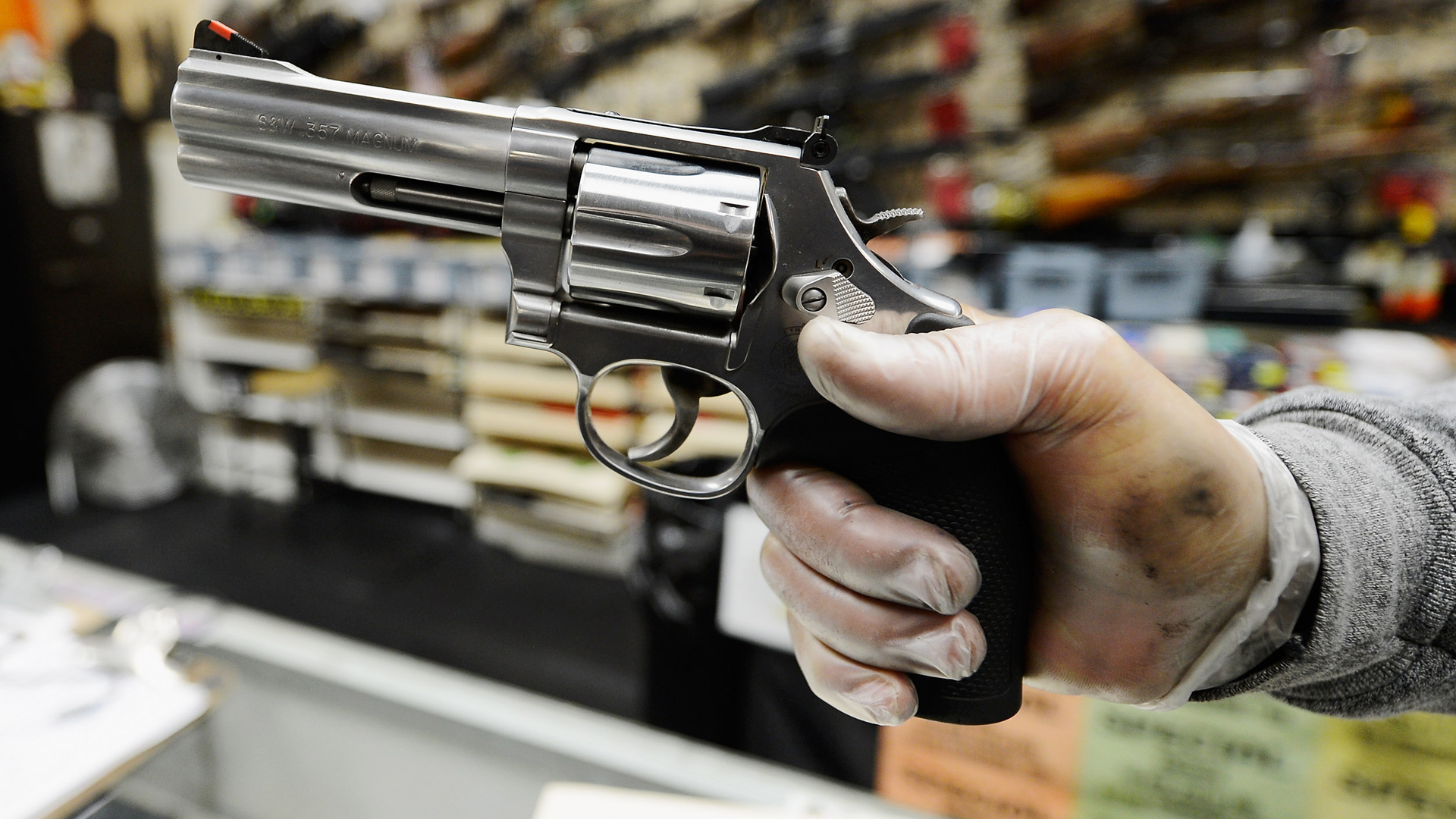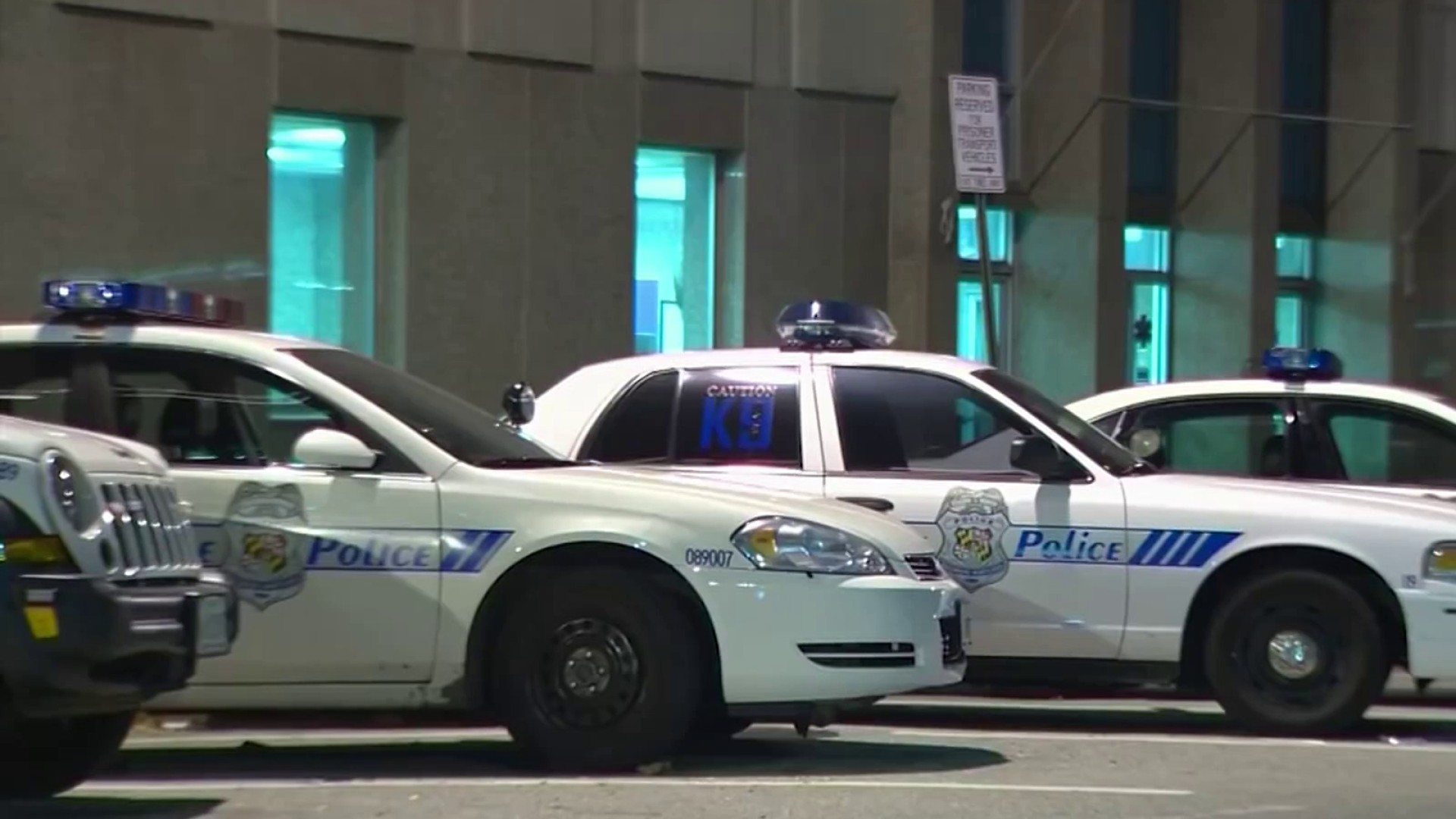No matter where people go throughout the day, odds are they've been caught on camera – at work, the bank, school or a shopping mall. And sometimes those cameras catch a crime, such as shootings. But what if those cameras could help before the trigger is pulled?
One Virginia security company said they can.
"This particular technology, I think, represents a bit of a breakthrough,” said Dave Fraser, CEO of Leesburg-based Omnilert. His company uses artificial intelligence to monitor video cameras for potential violence.
"It detects handguns and rifles by essentially taking the place of a human being. By watching the video feeds. Does it 24 by seven,” he said.
We're making it easier for you to find stories that matter with our new newsletter — The 4Front. Sign up here and get news that is important for you to your inbox.
An estimated 70 million security cameras are in the U.S., but according to one industry survey, less than 1% of them are monitored live by a human.
Fraser said his product is always alert.
"Never takes a coffee break; never gets tired or loses its attention," he said.
Gun Violence: A Call to Action
NBC4 is taking a hard look at one of the biggest issues in D.C. right now. For every life lost, the grief and pain affect many more.
The artificial intelligence technology uses security cameras most businesses already have in place, potentially keeping costs down, and is already being used in spots around the country and in the D.C. region, Fraser said.
"In this area, we have schools, we have malls and we have some banks using it," he said.
Joe Belfiore is one of those clients. A retired D.C. police officer of 13 years now working in the security business, he’s seen his share of gun violence.
"Everybody has security patrols; everybody has video cameras,” he said. “How well are they working together?”
He's had the technology running for a few months on some cameras at apartment complexes he works with in the District.
"I would describe it as, like, an early warning system for the potential of gun violence, like a smoke alarm for gun violence. You have an image, you know, of who might be carrying a gun in a location. So, that's really useful,” he said.
Fraser demonstrated how the technology works for News4.
"The red box indicates that the gun has actually been detected,” said Fraser.
Once the technology detects a gun, within seconds it passes that information to an assigned operator who confirms the threat and activates a safety plan, Fraser said. That could include contacting police, sending out warnings via text, email with signage or sirens, and even locking doors in the facility.
Asked how the AI can tell the difference between a potential shooter and a police officer who walks in with a weapon, Fraser explained, "The technology is not simply just recognizing guns. It actually needs to identify that there's a threat.”
“The gun actually has to be brandished for it to be determined a threat,” he said. “There's many people who open carry or law enforcement officers, security guards."
He said the technology is also trained to identify other common items that might look like a gun.
“Ninety percent of the time it's a phone or some other object in people's hands," Fraser said.
I would describe it as, like, an early warning system for the potential of gun violence, like a smoke alarm for gun violence.
Joe Belfiore, security professional
During Belfiore’s pilot program, he said the technology did get some false positives with cell phones. He added it got smarter over time.
A company spokesperson told News4 false positives are experienced by all detection technologies and Belfiore “was an early user of Omnilert Gun Detect, and there have been countless updates to the AI over that time.”
Over the summer, the AI did detect a weapon at one of Belfiore’s buildings, he said.
"I think it can focus attention and resources on brewing problems,” he said. “Yeah, so I see it as potentially being very promising.”
Fraser said while no active shooters have been stopped yet with the new technology – hundreds of guns have been detected already.
"As it's used more, we have more intelligence to be able to train it and make it better and better," he said.
Reported by Shawn Yancy, produced by Rick Yarborough, shot by Steve Jones and edited by Jeff Piper.



